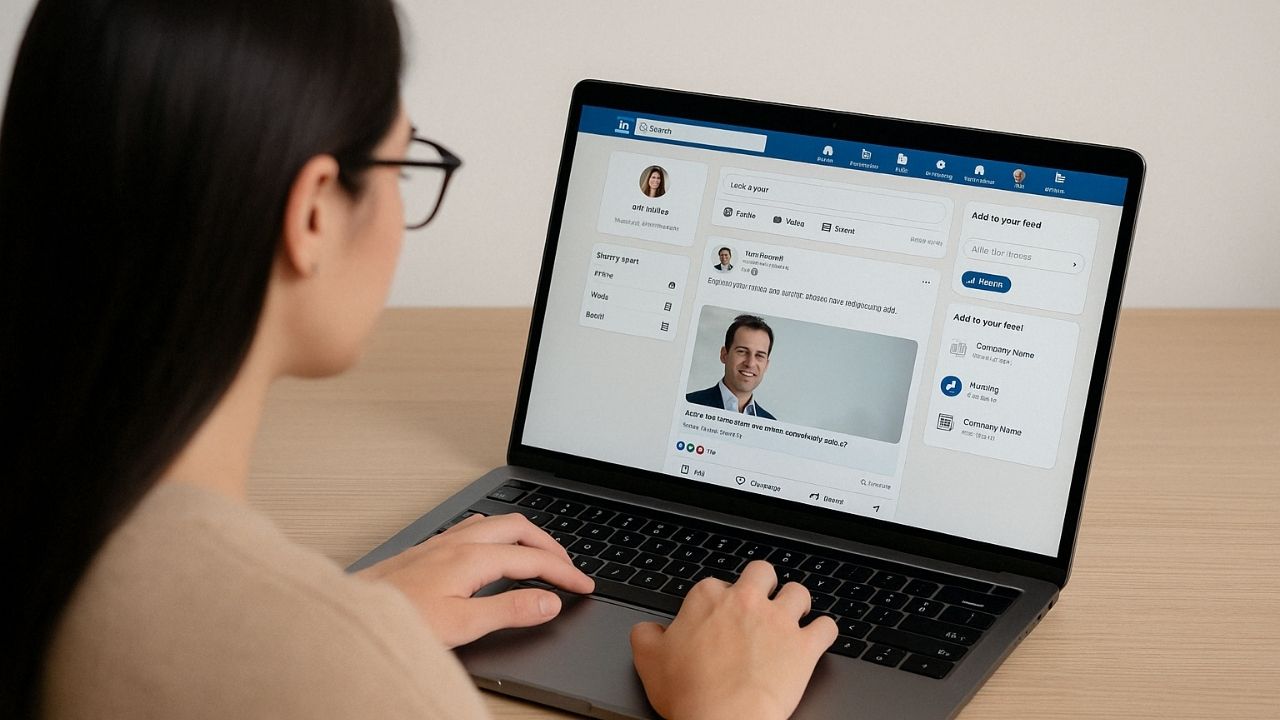I spend hours a day at my desk, typing on a computer, sipping coffee, or talking on Clubhouse. How can I ensure I’m sitting as best as I can and not damaging my body? What about you, do you wonder how you can be more healthy, even while you’re at a desk?
Office workers – including home-bound ones – usually spend at least 8 hours a day sitting at their desks. This sedentary lifestyle can have significant health effects, including poor posture, musculoskeletal disorders, and chronic back pain. Sitting properly while at work can protect you from these health concerns and increase your productivity and comfort while working. Let’s explore the main reasons why sitting correctly in your office is important and the steps you can take to make sure you’re positioned ergonomically.
Posture
One of the first things to take into consideration when sitting at a desk is posture. Poor posture is a common issue that can have negative effects on your health. The correct posture is to keep your feet flat on the floor, your back straight, and your shoulders relaxed. By maintaining good posture, you help reduce the stress on your muscles and joints, avoiding pain and discomfort. If you struggle to maintain proper posture, consider using a posture reminder system, a gadget that will alert you when you are slouching.
Arms and Hands
Another important aspect to pay attention to is the positioning of your arms and hands. You should keep your elbows at a 90-degree angle, with your wrists in a neutral position. This helps reduce the risk of developing Carpal Tunnel Syndrome, a condition that affects the median nerve in your wrist. To further avoid Carpal Tunnel Syndrome, you can also invest in an ergonomic keyboard or mouse, which will help reduce the strain on your hands and wrists.
Feet Positioning
Placing your feet correctly can also have an impact on your sitting position. Your feet should be firmly placed on the ground, with your knees at a 90-degree angle. If your feet do not touch the ground, you can use a footrest to make sure they stay in the correct position. This reduces the strain on your lower back and legs.
Ergonomics
Ergonomics is another aspect that you should take into account when it comes to protecting your back and reducing strain on your muscles and joints. Ergonomic office chairs are a great tool to ensure that your spine is positioned correctly while sitting. They offer support to the key points of your body and keep you sitting in the right position during your workday. If you are not able to acquire an ergonomic chair, you can also use a lumbar support pillow to provide the necessary support to your lower back.
Take Breaks
Finally, it is essential to take regular breaks during your workday. Sitting for prolonged periods can lead to health problems, particularly if your posture is incorrect. To reduce your risk of health concerns, aim to move and stretch at least once every hour. Small things like taking a brief walk, stretching your legs, or doing a few quick exercises can help to reduce the negative effects of sitting down for extended periods.
Sitting correctly is crucial for maintaining your health and comfort at work. By taking steps to place your feet on the ground, position your arms and hands correctly, invest in ergonomic chairs and keyboards and take regular breaks throughout the day, you can significantly reduce your risk of developing musculoskeletal disorders, back pain or other health issues. Promoting proper posture and ergonomics in the workplace can improve worker productivity and minimize the potential for injuries on the job, making it a goal worth striving for in any workplace.
Ergonomic Accessories to Consider
Ergonomic accessories and furniture can help people sit better at their desks and improve their posture.
Office chairs, for example, are designed to provide support to key points of the body while keeping users in the right position. These chairs are adjustable in terms of height and can also come with arm rests, headrests, lumbar supports, and adjustable backrests.
Ergonomic keyboards can also help reduce strain on the hands, wrists, and arms.
For those who prefer standing desks over sitting ones, height-adjustable desks are also available that allow users to adjust the desk to their desired level. Standing mats can be used to provide extra comfort for those standing at their desk for long periods of time.
Finally, footrests can be used to keep feet flat on the ground when sitting down at a desk or chair that is too high.
Related:











